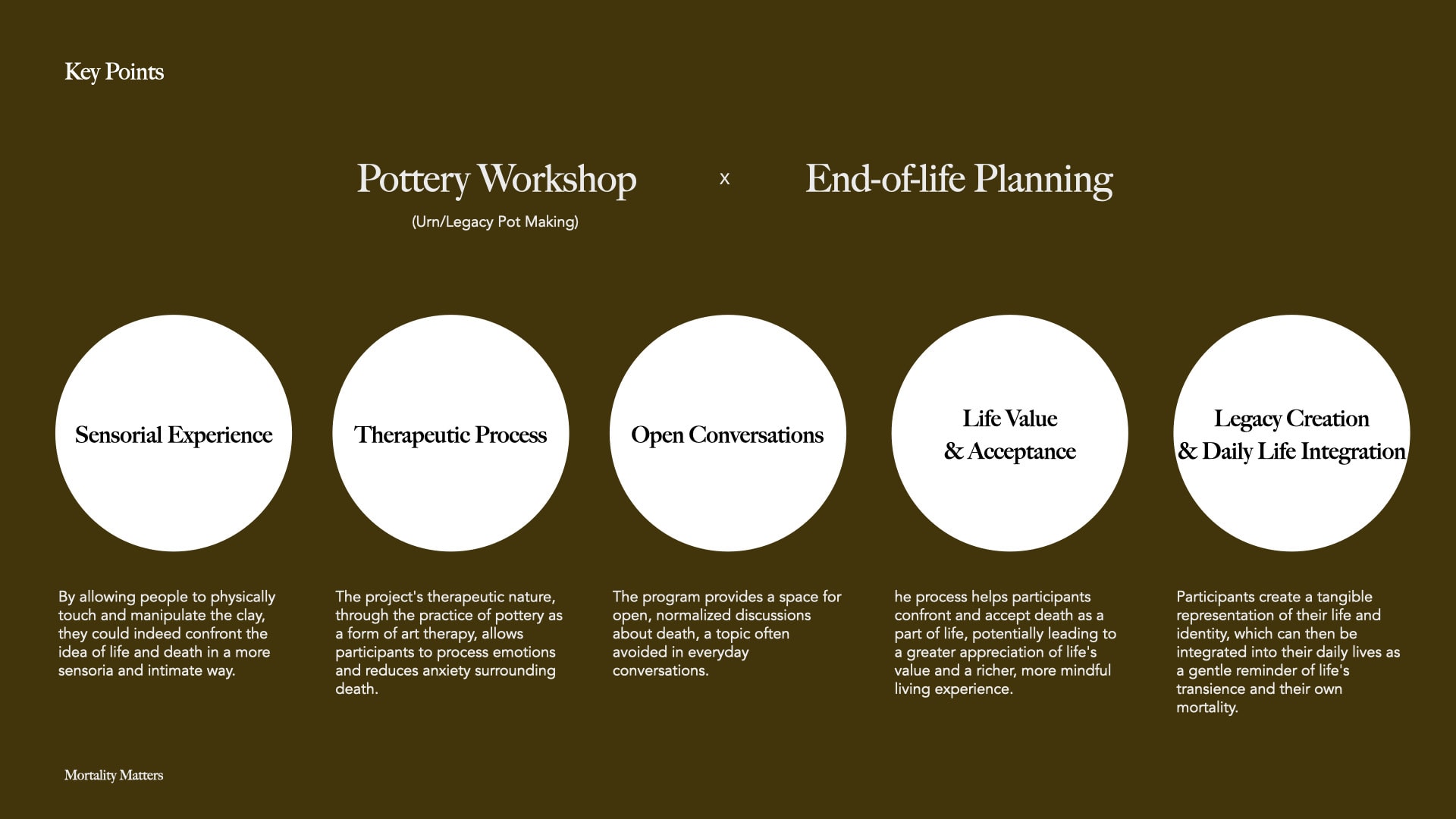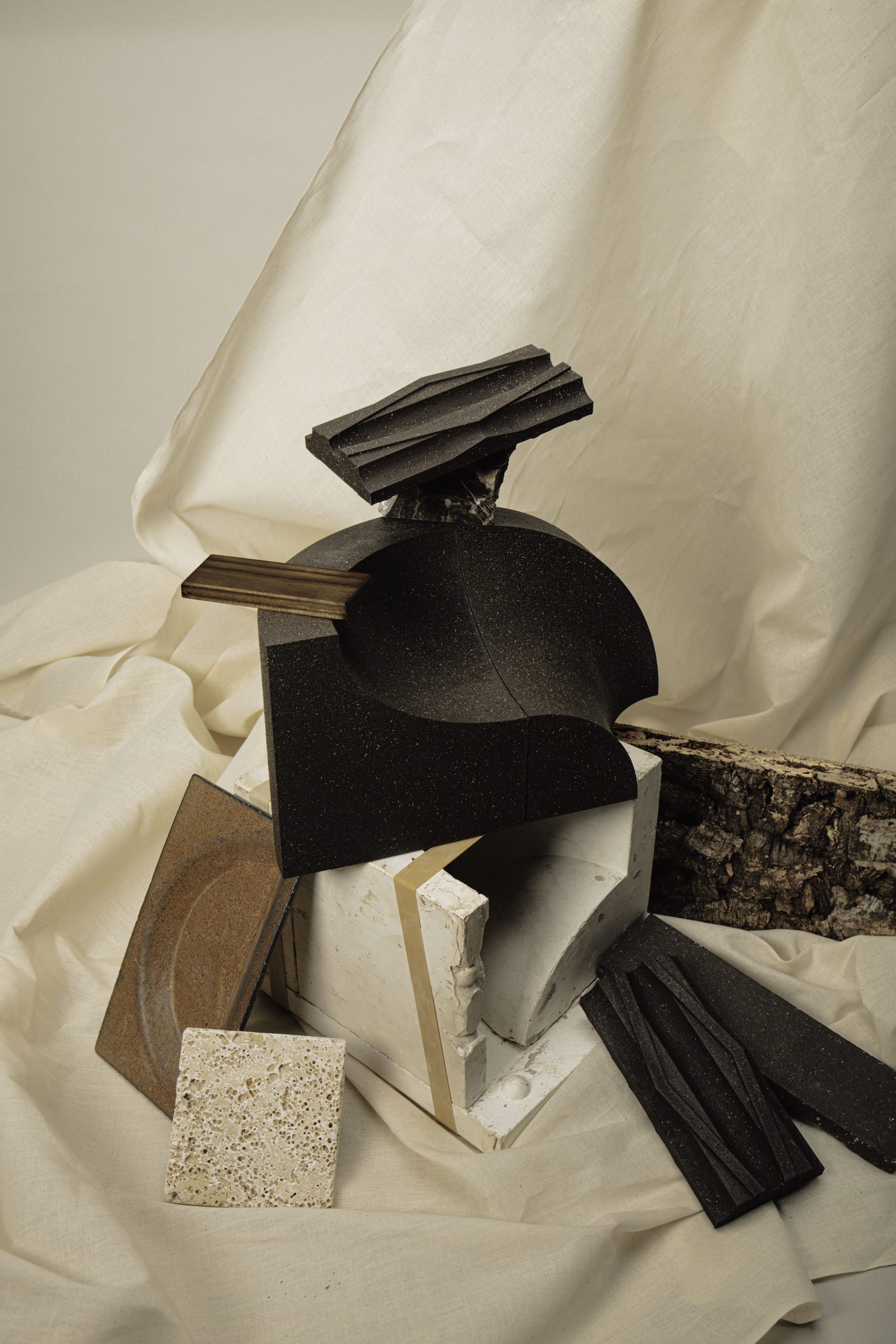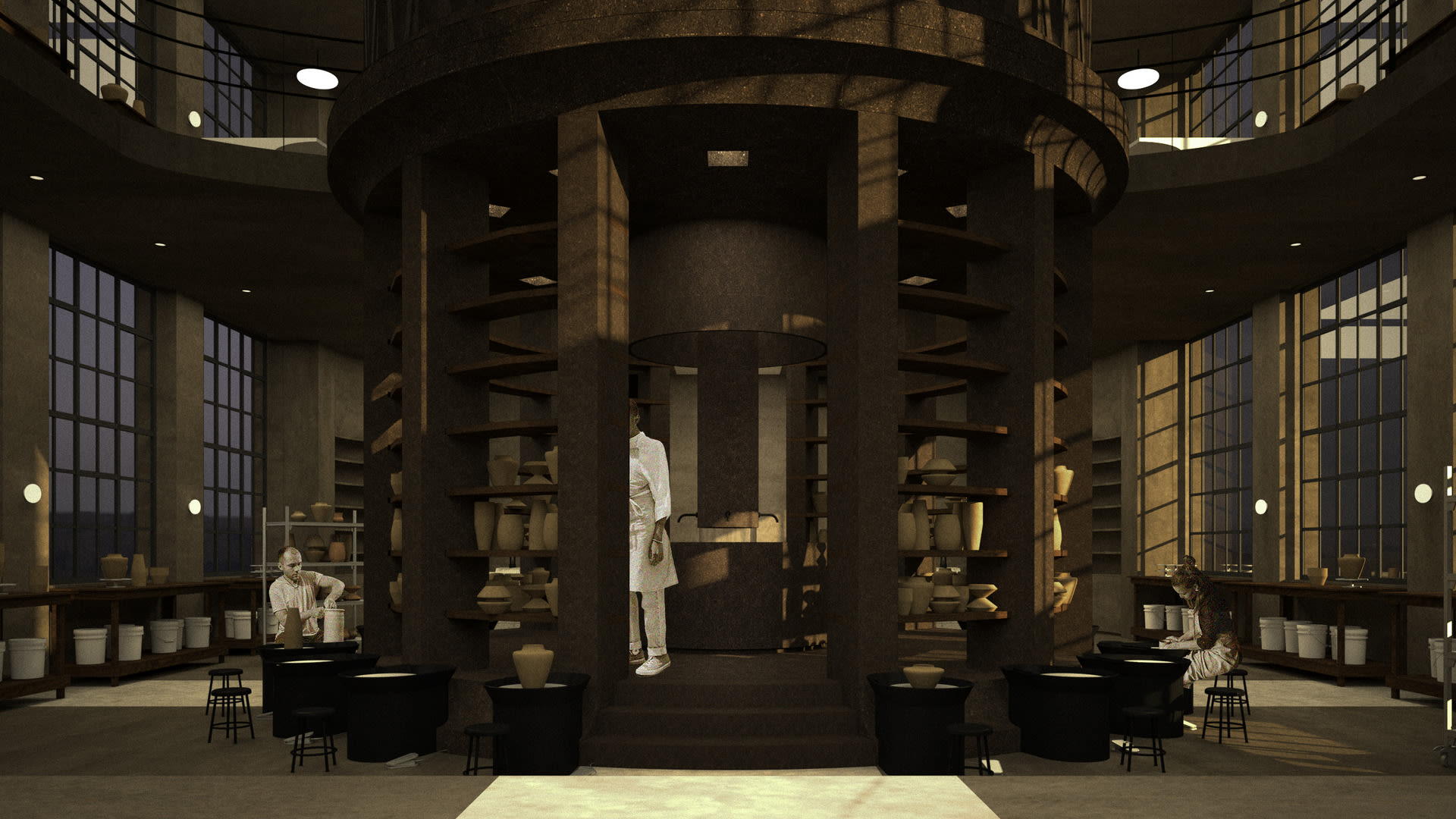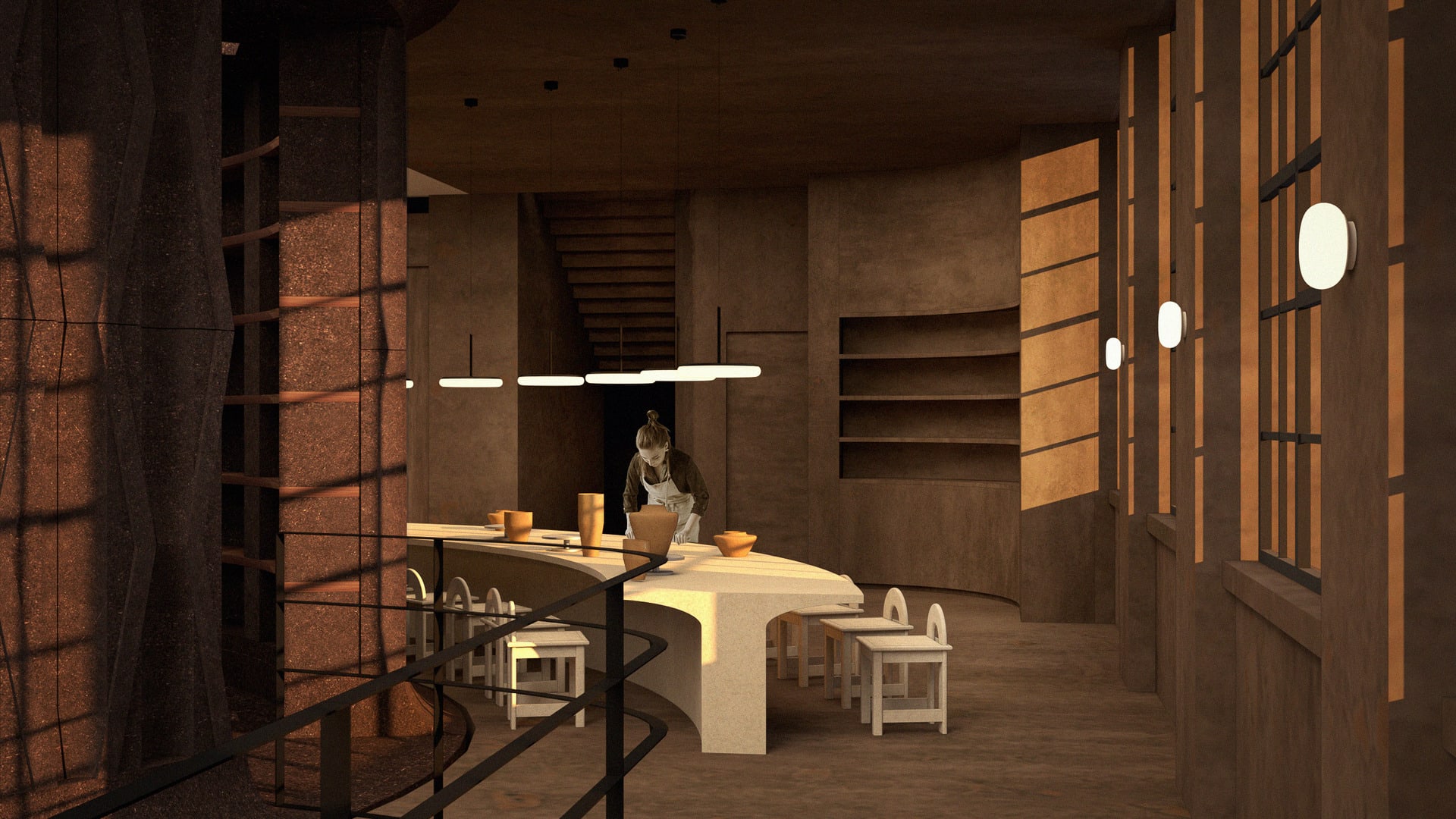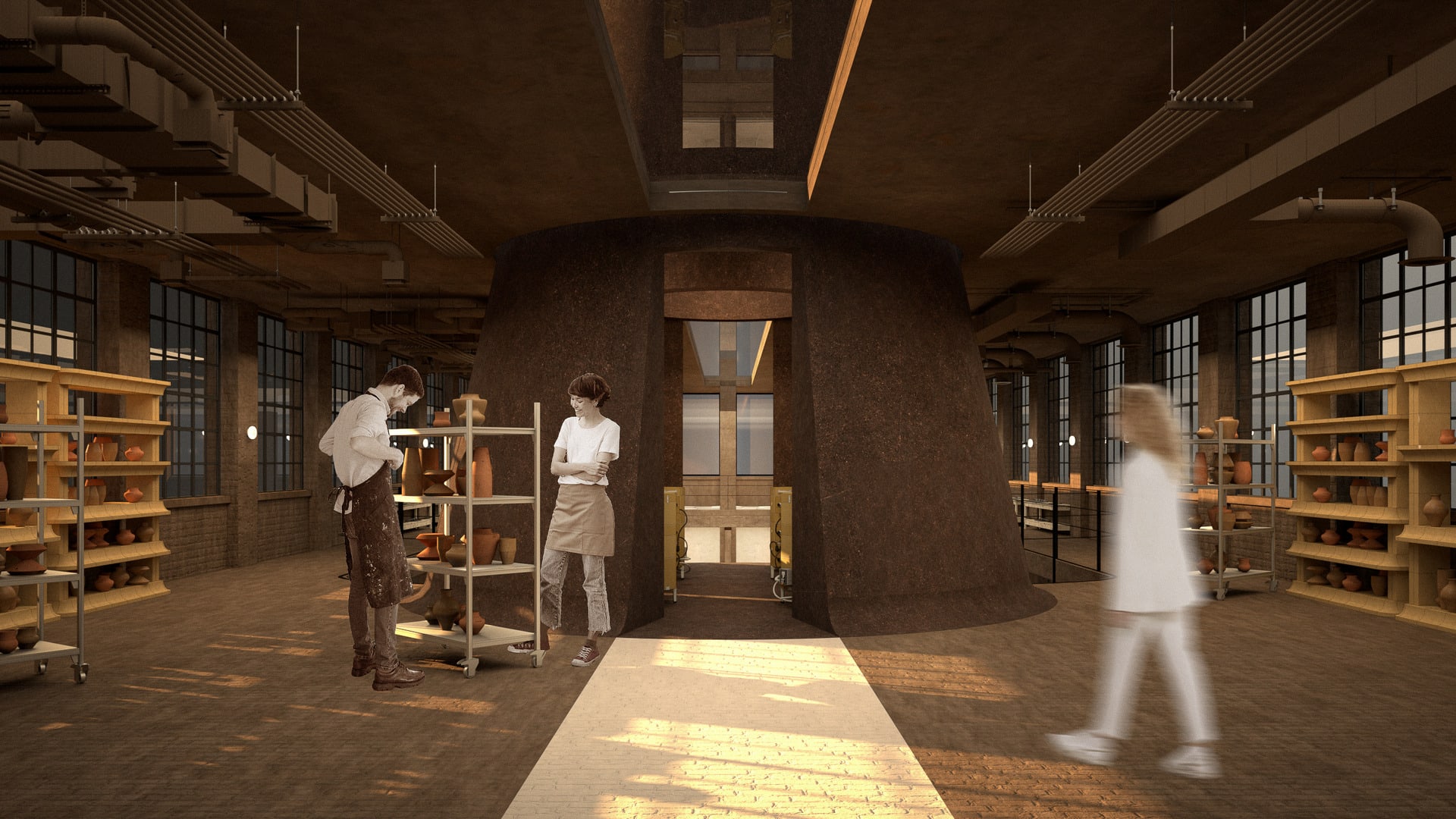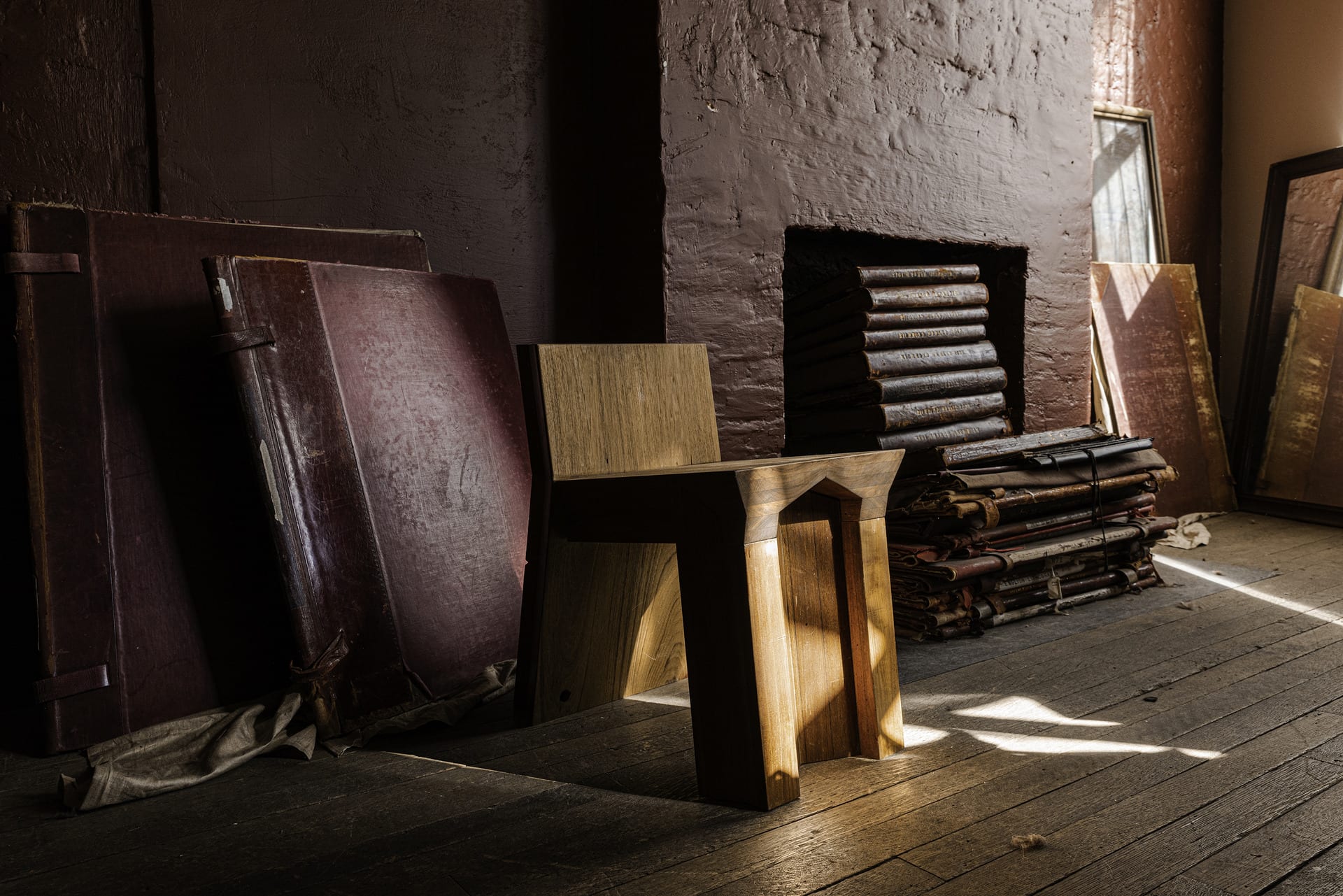Subin Seol is a visionary furniture and interior designer based in London and Seoul, driven by a belief in the transformative power of design. She sees design as more than aesthetics and function; it is a medium for storytelling and narrative exploration.
Seol's design philosophy revolves around merging craftsmanship with narrative to create profound experiences and convey meaningful messages. With her experience as an independent designer, as well as her roles at Samsung as a brand experience designer and art director, Seol brings a unique perspective to her creations.
In 'Matter' platform, emphasizing 'Thinking through making', her current project 'Mortality Matters' is the result of her ultimate interests in craft and narrative, seamlessly blending functionality, aesthetics, and storytelling. Through her creative vision and dedication to narrative-driven craftsmanship, Seol strives to shape immersive environments that inspire, challenge, and leave a lasting impression on those who encounter them.
Recent Exhibitions, Awards, and Features:
- Korea + Sweden Young Design Award (June 2023) - Grand Prize - 'Remembrance'
- Alto University Exclusive Summer School (May 2023) - Selected as one of five representatives of RCA
- Dezeen (April 2023) - Six key trends from Milan design week 2023
- Royal Academy of Arts (Mar - May 2022) - 'John Hejduk: London Masque' - Her work, 'Pharmacokinetics'
- Dezeen (Feb 2021) - 'Korean Art Deco'
- Red Dot Design Award (Jul 2020) - Winner in Brand & Communication Design
- IF Design Award (Sep 2018) - Winner in Interior & Architecture






